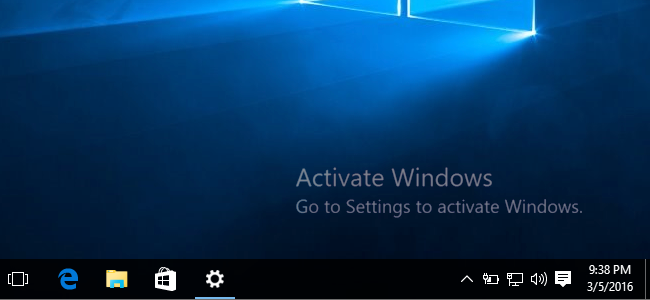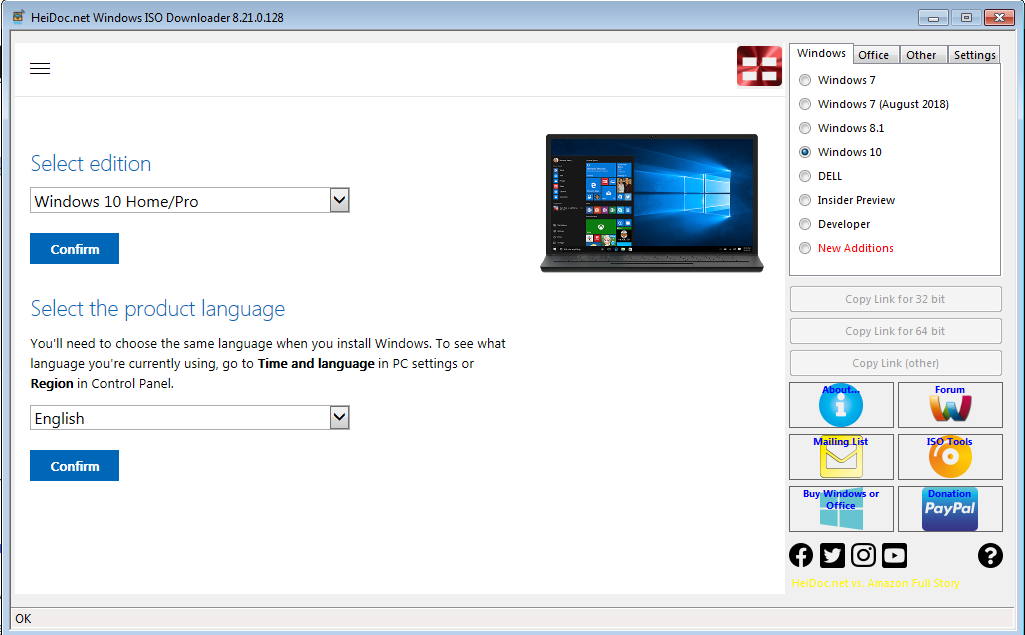If you are installing Windows 10 on a PC running Windows XP or Windows Vista, or if you need to create installation media to install Windows 10 on a different PC, see Using the tool to create installation media (USB flash drive, DVD, or ISO file) to install Windows 10. Calendar Templates in MS Word, MS Excel and PDF format. Online Calendars with Holidays, Day and Date info including Top Tweets. Windows Calendar Software. Jul 04, 2020.
An upgrade moves your PC from a previous version of Windows—such as Windows 7 or Windows 8.1—to Windows 10. An upgrade can take place on your existing device, though Microsoft recommends using Windows 10 on a new PC to take advantage of the latest features and security improvements. This FAQ is intended to answer questions about upgrading to Windows 10.
An update ensures you have the most recent features and security improvements for your current version of Windows. If you want to update your device and need more info, see Windows Update: FAQ.
Notes:

If you’re looking for info on a specific error code or having problems with product keys, see Get help with Windows activation errors. There, you can press CTRL+F and type or paste the error code or 'product key' into the search box to find specific information about your code and how to resolve it.
If you need info on installation errors, see Get help with Windows 10 upgrade and installation errors.
For some answers to questions you might have about the upgrade to Windows 10, select any heading below. It'll open to show more info.
How do I get Windows 10?
You can purchase a full version of Windows 10 Home or Windows 10 Pro for your Windows 7 or Windows 8.1 PC. However, the best way to experience Windows 10 is on a new PC. Today's computers are faster and more powerful and come with Windows 10 already installed. To learn more, view new Windows 10 PCs.
Guide to Windows 10 app
Now that support for Windows 7 has ended, Microsoft recommends you move to Windows 10 to continue receiving security updates. Download the Guide to Windows 10 app to compare your options for making the move and get personalized recommendations for your PC.
Get the app
*This app is for Windows 7 only
Windows Freezing
Is the Windows 10 free upgrade offer still available?
The Windows 10 free upgrade through the Get Windows 10 (GWX) app ended on July 29, 2016.

Do I still qualify for the free upgrade offer if I've already downloaded Windows 10 to a USB drive, but haven't yet upgraded my device?
All upgrades must have completed and reached the 'Welcome' screen by 11:59 PM UTC-10 (Hawaii) on July 29, 2016; this is one worldwide point in time.
Will the media creation tool still be available for customers to download Windows 10 installation media?
Yes, the media creation tool and Windows 10 installation media (ISO files) are available for customers to install Windows 10. If you’re installing Windows 10 for the first time, you’ll need to enter a valid Windows 10 product key or buy a full version of Windows 10 during setup for this tool to work. If you’ve previously installed Windows 10 on your device, you should have a digital license and Windows 10 will automatically activate without entering a product key.
How do I reinstall Windows 10 on my PC?
After you upgrade to Windows 10, you can reinstall or do a clean installation on the same device. You won't need a product key to reactivate Windows 10 on the same hardware. For more info on how to create your own Windows 10 installation media, see the Microsoft software download website.
Will Windows 10 work with the assistive technologies on my device?
We're committed to making sure customers using assistive technologies can upgrade to Windows 10. For more info about the free upgrade offer for customers using assistive technologies, see Accessibility and the Windows 10 free upgrade. Note: The accessibility upgrade offer expired on December 31, 2017.
What do I need to know about buying a new Windows 10 PC?
For more help on choosing a Windows 10 PC that's right for you, see Get Windows 10 or choose a new Windows 10 PC.
If you're still in the process of upgrading to Windows 10, select any heading below. It'll open to show more details.
How long will it take to upgrade my device?

The time that is required to upgrade to Windows 10 depends on factors such as the age of your device and how it’s configured. Most devices will take about an hour to upgrade as soon as the download is completed. Although older devices could take longer, some newer, high-performance devices might upgrade faster.
How do I free up space for the upgrade?
Windows Freeware
Devices with a 32 GB hard drive or older devices with full hard drives might need additional storage space to complete the upgrade. If you don’t have sufficient space, try removing files or apps you no longer need or use Disk Cleanup to free up space. Learn more at Tips to free up drive space on your PC.
During the upgrade, you might be asked to free up space on your device or attach an external drive with sufficient space to continue with the upgrade. If you attach an external drive, make sure to keep it in a safe place after the upgrade in case you need it for recovery options.
Why do I need to uninstall some of my apps during the upgrade?
Some apps have to be uninstalled because they could cause problems with the upgrade process. You'll be able to reinstall these apps after the upgrade to Windows 10 is done.
Other apps have to be uninstalled because they won't work correctly or might not work at all with Windows 10.
You won't be able to reinstall or use these apps after the upgrade is completed.
Will my Windows 7 apps work on Windows 10?
Free Windows 10 Download 2019
For the best possible experience, we recommend doing a fresh installation of your applications on your new Windows 10 PC. The Microsoft Store has a variety of 3rd party applications that can be easily downloaded and installed.
Open Microsoft Store
For any software not currently available in the Microsoft Store, we recommend going to that company’s official website and downloading the Windows 10 version from there. In limited circumstances, some older software may not have an updated version that is compatible with Windows 10.
Can I change my language when I upgrade?
The easiest way to change your language is to upgrade using the same language you currently have on your PC and then add a new language later.
To add new languages in Windows 10, select Start > Settings > Time & Language > Language and then choose the language you want.
Is Windows Media Center available in Windows 10?
No, Windows Media Center isn’t available as part of Windows 10 and will be removed during the upgrade. After the upgrade is completed you won't be able to install Windows Media Center.
Can I go back to my old operating system?
There are several ways for you to go back from Windows 10 to a previous version of Windows:
You'll be able to go back to an earlier version by selecting Start > Settings > Update & Security > Recovery . Then select Get started under Go back to the previous version of Windows 10.
Go back to the previous version of Windows 10
This will keep your personal files, but it’ll remove apps and drivers installed after the upgrade as well as any changes you made to settings. The option to go back to your previous version of Windows 10 is only available for a limited time following the upgrade.If your PC manufacturer provided the option, you might be able to restore your device to factory settings.
If options to go back and restore factory settings aren’t available, you can use installation media and a product key to install an earlier version of Windows.
For more info and requirements, see the Go back to your previous version of Windows section of Recovery options in Windows 10.
Note: If the manufacturer set up your PC to run from a compressed Windows image file (also known as Windows image file boot or WIMBoot) and included the option to restore factory settings, that option will no longer be available after you upgrade to Windows 10.

Ever since Microsoft launched Windows 10, it’s made the OS officially or unofficially available. Officially, you stopped being able to download or upgrade your system to Windows 10 on July 29, 2016. Unofficially, you can still download an upgrade license for the OS. And despite statements from Microsoft that it would absolutely-no-fooling-really-truly kill the Windows 10 free upgrade offer on December 31, 2017, that offer is still good.
Microsoft’s first giant push to convince customers to use Windows 10 was marred by an increasingly heavy hand as the campaign went on, to the point that it was both accused of malware tactics and later admitted to the same. We’ll never know exactly how many people avoided the upgrade for this reason alone, but some readers have indicated they were disgusted by the company’s behavior and refused to update.
Click to enlarge
Without implying that Windows 7 or Windows 8 users have to change their mind on that, it’s worth noting Windows 7 exits support by 2020, with Windows 8.1 out of long-term support in 2023. Windows 8 users have a little while, Windows 7 users have less. Microsoft also now locks out updates on Intel and AMD systems based on Kaby Lake, Ryzen, or Bristol Ridge, though there are some ways to bypass that block. Either way, Windows 10 may be a nice OS to have as an option, even if you don’t immediately start using it.
Here’s how you can still get a free copy of Windows 10 directly from Microsoft: Visit this webpage, attest that you use assistive technologies baked into Windows, and download the executable provided. It’s that simple. Maybe it’ll still vanish soon, maybe it won’t, but we don’t recommend waiting. Better safe than sorry and whatnot.
As for why Microsoft keeps threatening to pull the rug, I’m guessing the company has seen adoption rates from already running computers fall off over time. It’s been over 2.5 years since Windows 10 launched, and MS was never going to leave this backdoor in its own policy open forever. If you haven’t upgraded by now, I suppose Microsoft thinks you’re never going to actually upgrade, and OEMs would probably be happier if MS shut down the option since it competes with their ability to offer Windows 10 as a new OS on their devices.
Microsoft has also plowed ahead with the idea of Windows-as-a-service, in a bid to convince customers that being upgraded to the latest and greatest is the best way to be. Closing this loophole at some point may be an attempt to shove customers towards new hardware as opposed to letting them upgrade existing installations — though again, I’m not sure the volume is high enough to matter either way.
Now read: Windows 10: The Best Hidden Features, Tips, and Tricks
